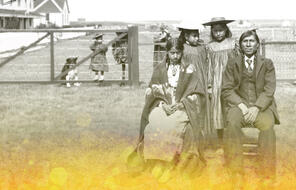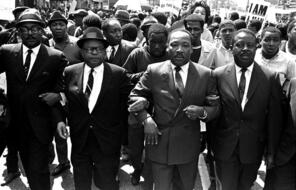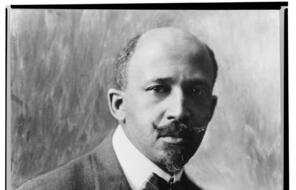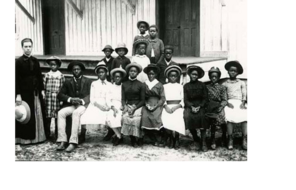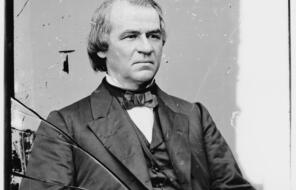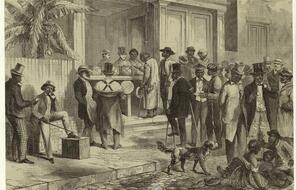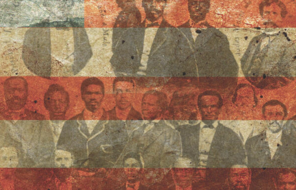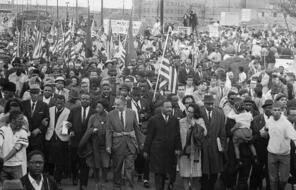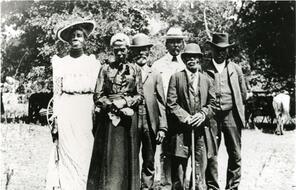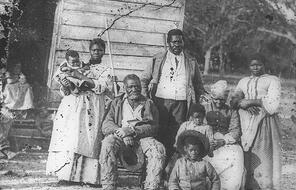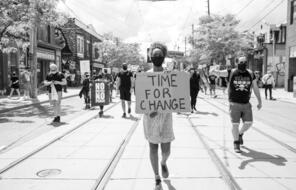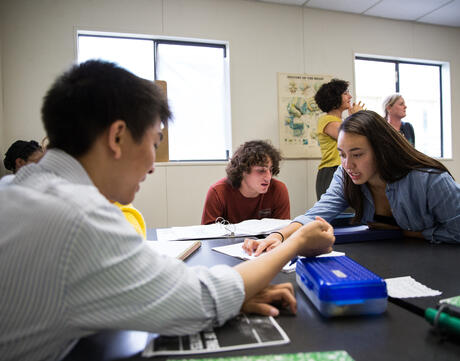
Summative Assessment: My School’s Universal Declaration of Human Rights
At a Glance
Language
English — USSubject
- History
Grade
11–12Duration
One 50-min class period- Human & Civil Rights
Overview
About This Summative Assessment
The Universal Declaration of Human Rights has inspired many individuals and policymakers to work toward a better world. Eleanor Roosevelt insisted that the document was designed to serve as the foundation for future human rights protections and that, to serve this purpose, it needed to be brought to life through educational programs and instilled in the consciousness of citizens the world over. This summative assessment is rooted in Roosevelt’s belief that human rights begin in “small places, close to home—so close and so small that they cannot be seen on any map of the world. Yet they are the world of the individual person: The neighborhood he lives in; the school or college he attends; the factory, farm, or office where he works.” 1
For this project, students work in groups to come to consensus on five fundamental human rights that they believe every member of their school community—student or adult—is entitled to enjoy. Then, using a free infographic tool like Canva for Education or another template, they create their “My School’s Declaration of Human Rights” infographics and share these with members of their school community.
It is important that students understand the parameters, performance criteria, and grading standards and have multiple opportunities to practice and receive feedback to support their cognitive and emotional development as they read and discuss the text.
- 1 Eleanor Roosevelt, “Where Do Human Rights Begin?,” in Courage in a Dangerous World: The Political Writings of Eleanor Roosevelt, ed. Allida M. Black (New York: Columbia University Press, 1999), 190.
Preparing to Teach
Procedure
Activities
Unlimited Access to Learning. More Added Every Month.
Facing History & Ourselves is designed for educators who want to help students explore identity, think critically, grow emotionally, act ethically, and participate in civic life. It’s hard work, so we’ve developed some go-to professional learning opportunities to help you along the way.
Exploring ELA Text Selection with Julia Torres
On-Demand

Working for Justice, Equity and Civic Agency in Our Schools: A Conversation with Clint Smith
On-Demand

Centering Student Voices to Build Community and Agency
On-Demand



